Examining the work of acclaimed photojournalist Colin Finlay often evokes a curious awe—surreal, color-drenched photographs that could easily pass for the swirling handiwork of a painter. They’re beautiful. It’s only when the subjects of Finlay’s work are revealed that the sentiment turns to one of shock.
See, Finlay photographs a particularly grim subject—the destruction of our planet. Each work in his striking aerial series displays the stunning results of climate change and irresponsible human activity. For this, he has spent decades traveling the world, training his lens on vast areas of environmental ruin to draw the public’s attention to the rapidly deteriorating state of our Earth. One of his biggest challenges is access: Some are in hard-to-get-to locations. Others are blocked by the facilities, governments, or companies responsible for the damage. So Finlay takes to the skies, repressing his fear of heights to hang out of helicopters, photographing the devastation below.
[quote position="full" is_quote="true"]He communicates a combination of marvel and dread—admiring the bluish desert oasis of the Bahamas during the full moon while capturing the waters being slowly sucked off the reefs.[/quote]
“The only way to access these places is through the helicopter. Really, it’s the best way to see the overall impact,” Finlay says. “From the ground, how do I convey a 2-billion-gallon tailing pond? It’s just not possible.”
Though Finlay has a rough sense of what he’s going to photograph before up in the air, nothing prepares him for the moments when the helicopter door slides open. “There are perspectives that are only going to come from committing to that seat in the helicopter, opening up the door, and looking at the vastness of what’s below,” Finlay says.
When he thinks about his travels, he communicates a combination of marvel and dread—admiring the bluish desert oasis of the Bahamas during the full moon while capturing the waters being slowly sucked off the reefs, or the extraordinary aerial view of the monstrous, melting glaciers disappearing in Iceland.
It’s an odd juxtaposition, Finlay knows, that out of such environmental devastation can come magnificent images, but both the beauty and ambiguity of his photographs serve to provoke deeper, and more difficult, questions and conversation.
“We need to be able to look at it. And we need to not be able to turn away. That’s my job as a photographer, to make sure that they don’t turn away.”
Photos Copyright 2014 ColinFinlay.com
















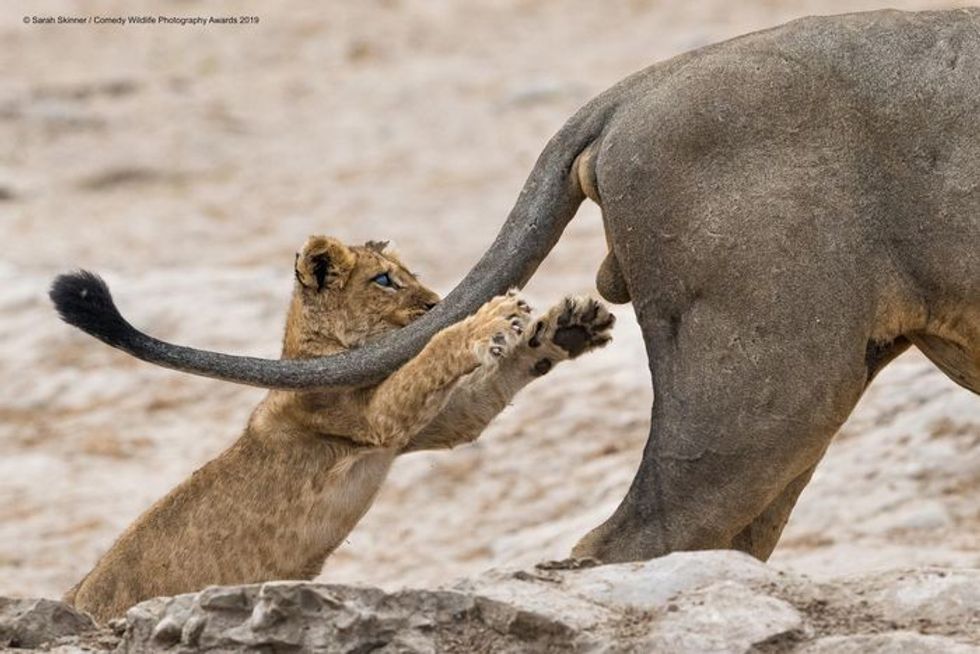 A young lion playing with an older animal
A young lion playing with an older animal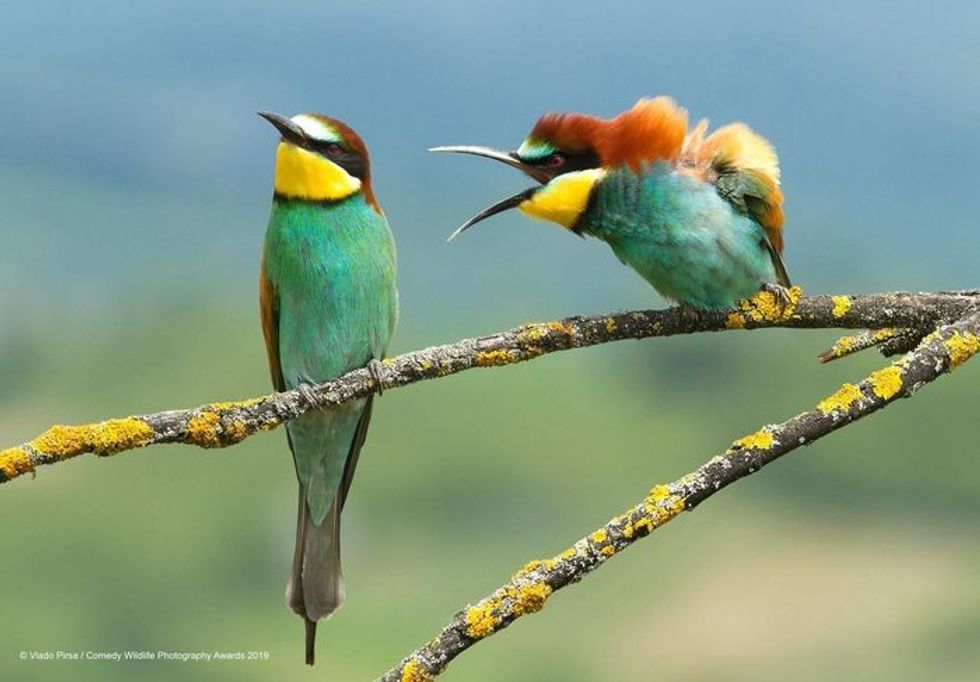 A colorful bird appears to be yelling at it a friend
A colorful bird appears to be yelling at it a friend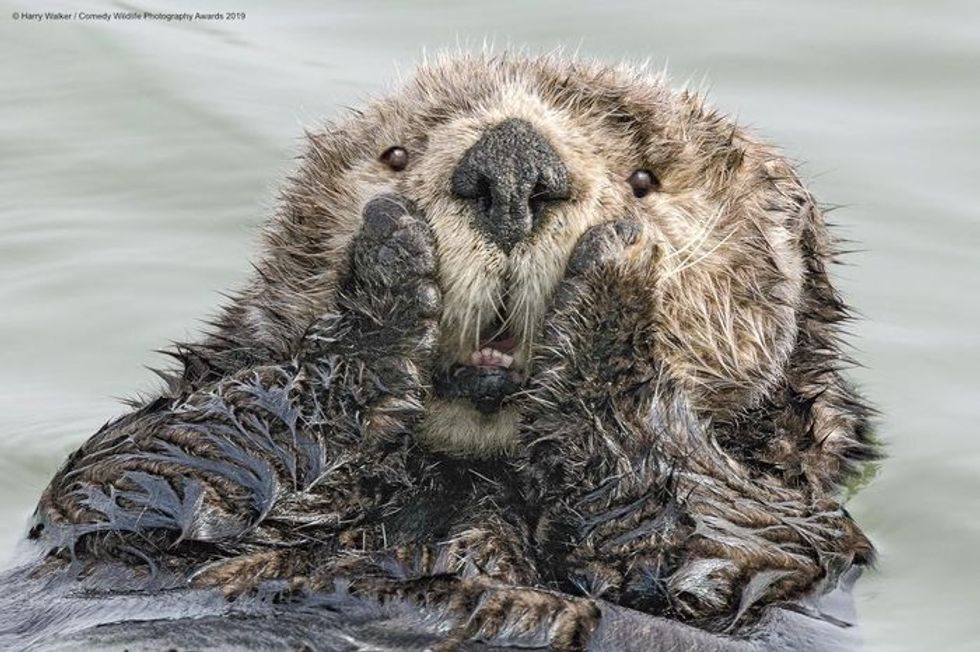 An otter appears like it's holding its face in shock
An otter appears like it's holding its face in shock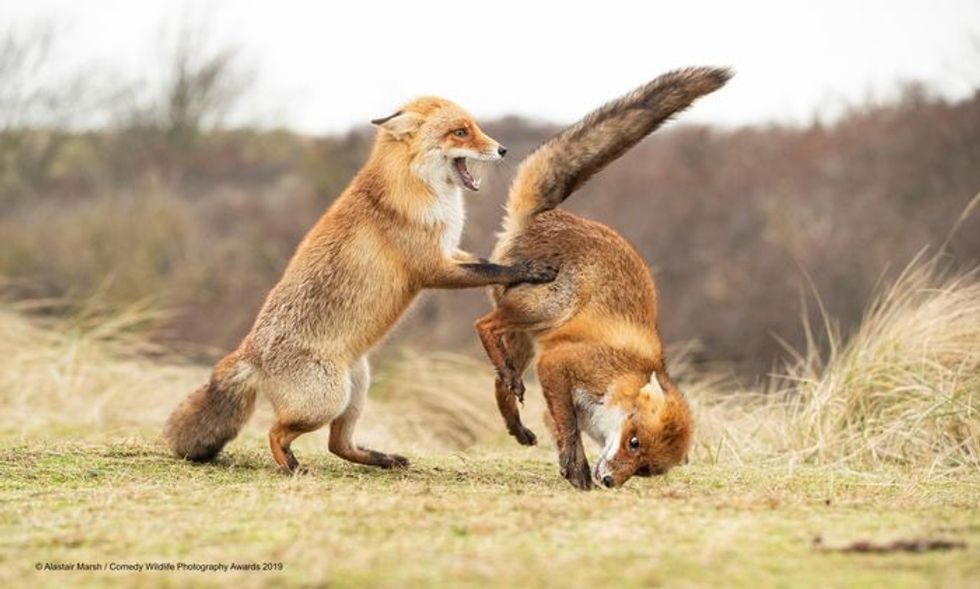 Two young foxes playing in the wild
Two young foxes playing in the wild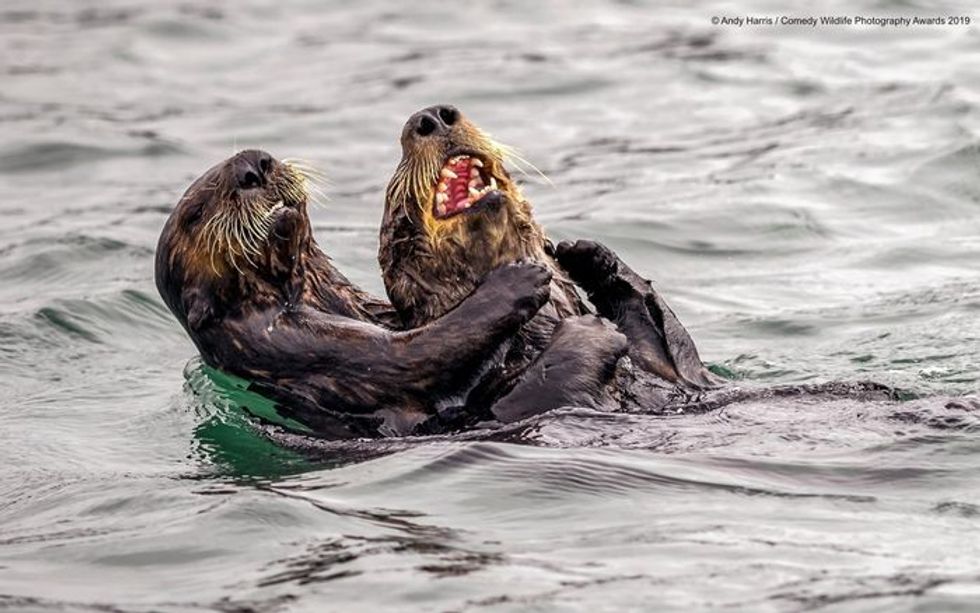 Two otters appear to be laughing together in the water
Two otters appear to be laughing together in the water A fish looks like it's afraid of the shark behind it
A fish looks like it's afraid of the shark behind it A bird appears to be ignoring their partner
A bird appears to be ignoring their partner A squirrel looks like it's trapped in a tree
A squirrel looks like it's trapped in a tree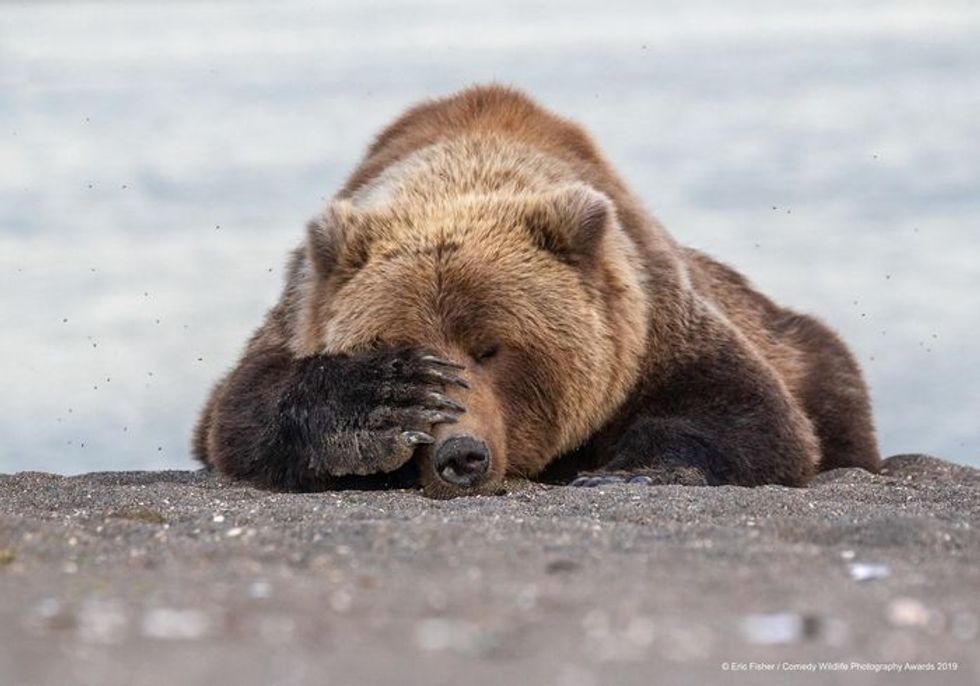 A bear holds hand over face, making it appear like it's exhausted
A bear holds hand over face, making it appear like it's exhausted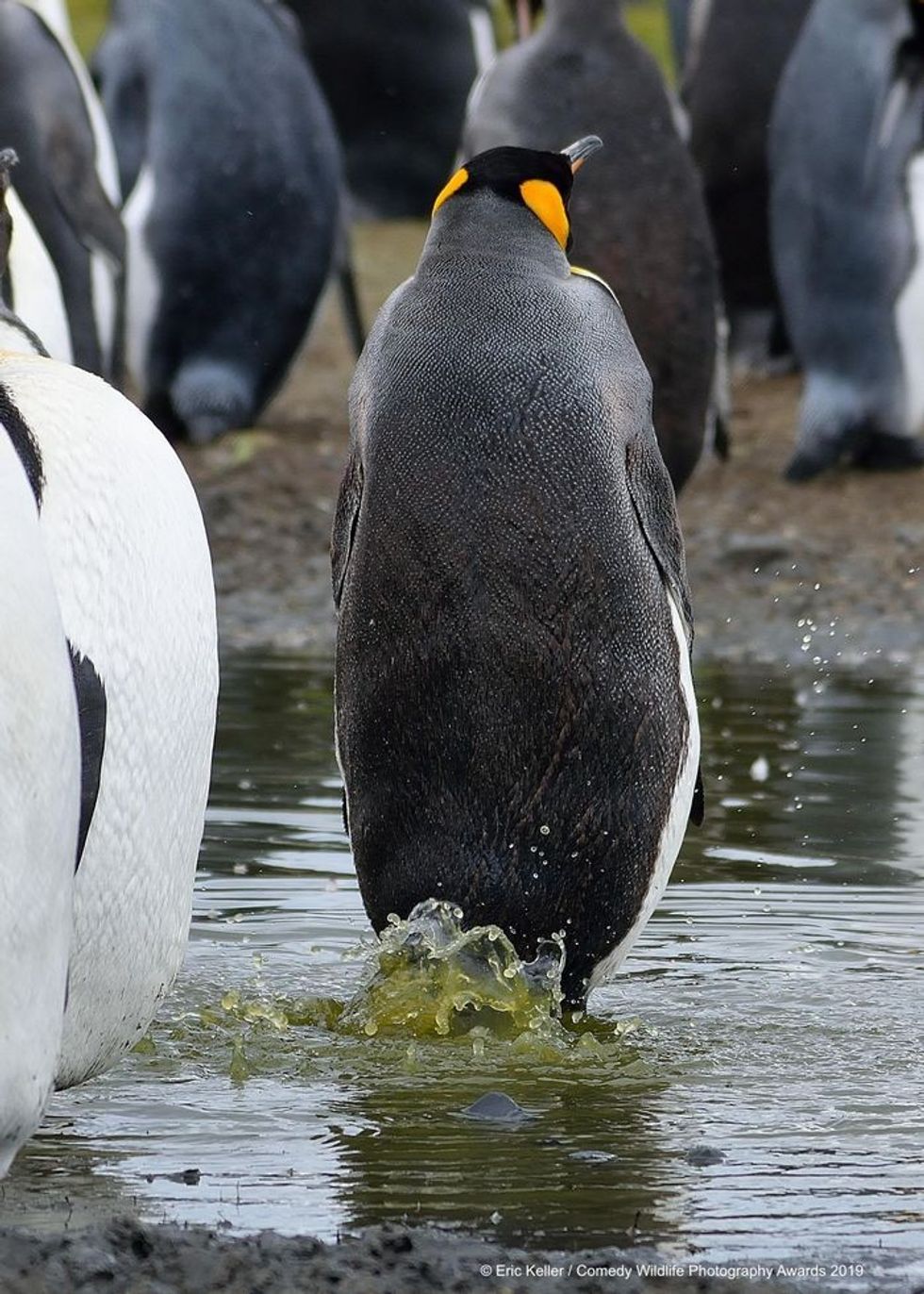 A penguin looks like its trying to appear inconspicuous
A penguin looks like its trying to appear inconspicuous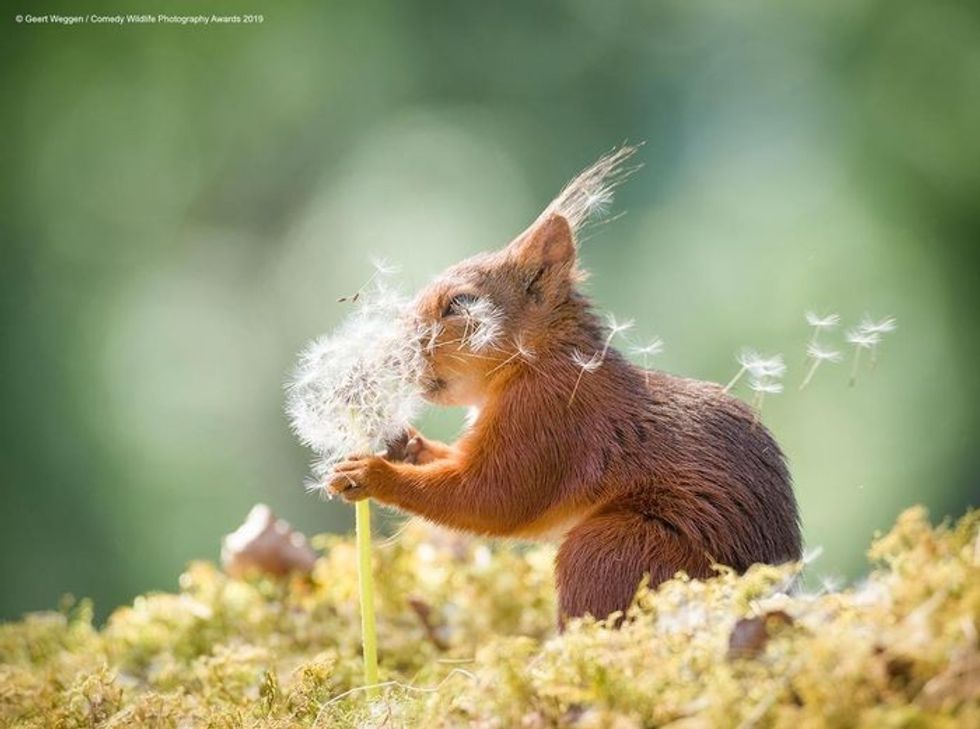 A young squirrel smells a flower
A young squirrel smells a flower An insect appears to be smiling and waving at the camera
An insect appears to be smiling and waving at the camera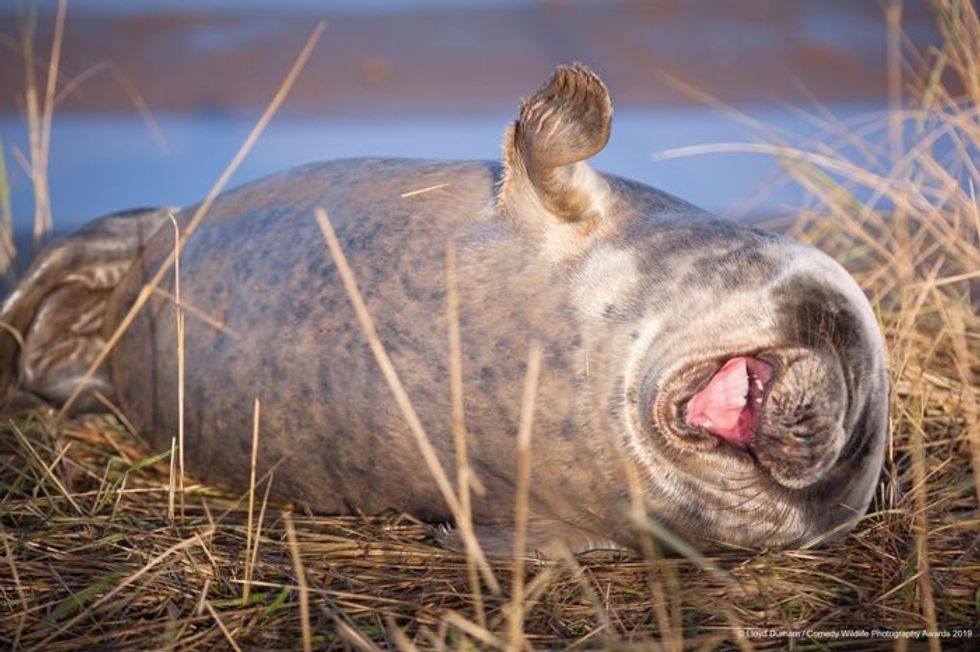 An otter lies on its side apparently cracking up laughing
An otter lies on its side apparently cracking up laughing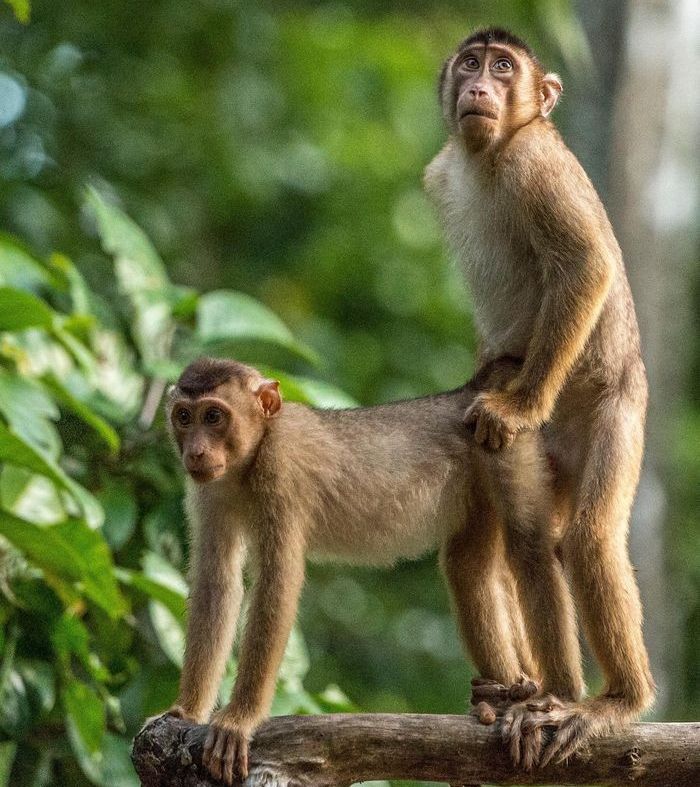 Two monkeys caught procreating
Two monkeys caught procreating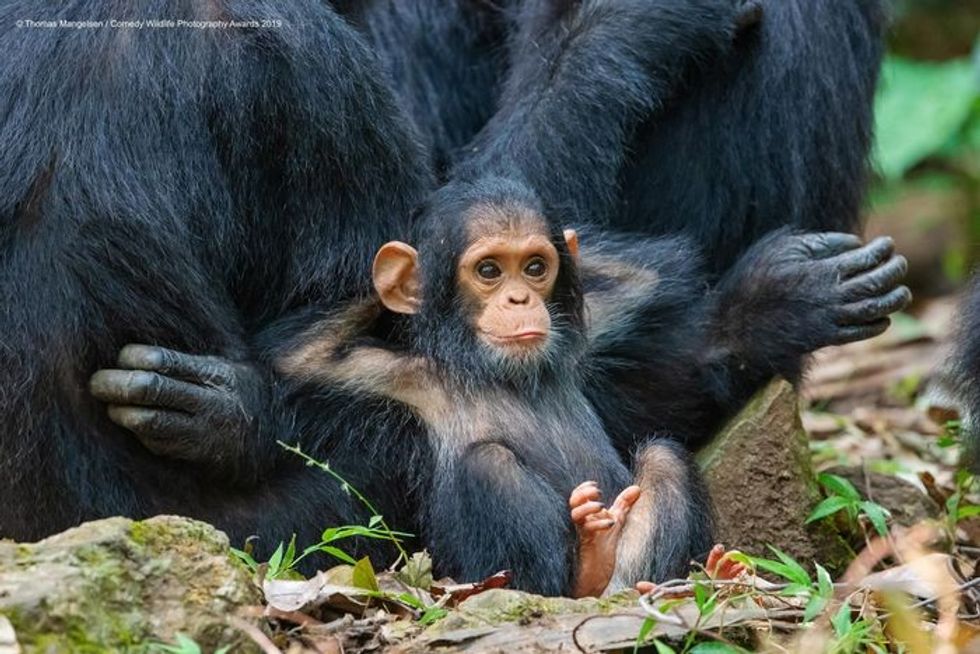 A young chimp relaxes with its hands behind its head
A young chimp relaxes with its hands behind its head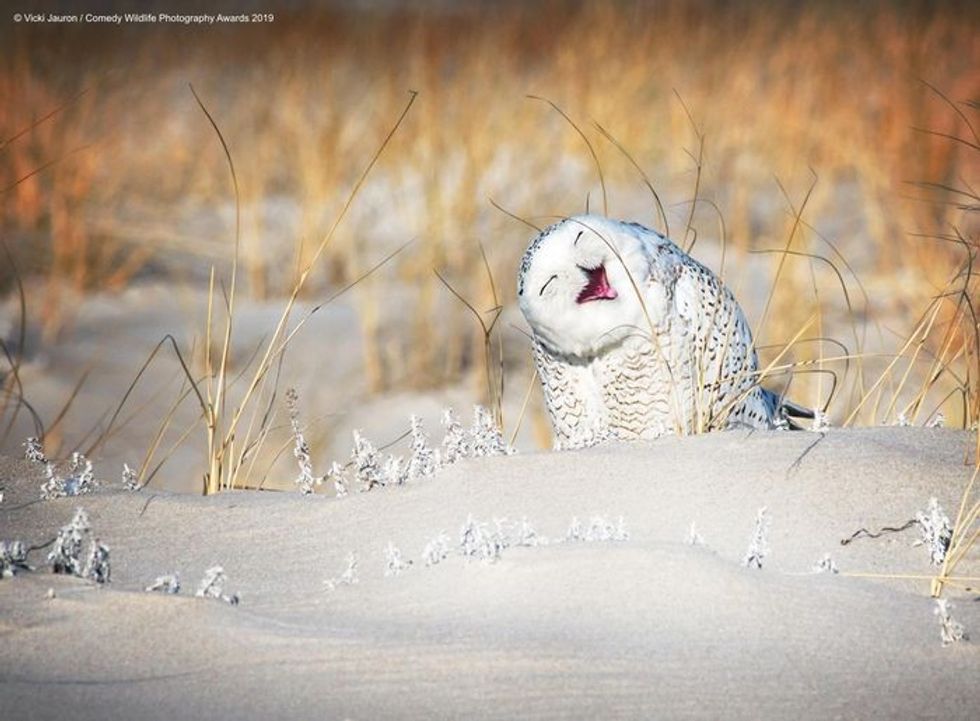 A snowy owl appears to be smiling
A snowy owl appears to be smiling  A monkey holds finger to face as if it's lost in thought
A monkey holds finger to face as if it's lost in thought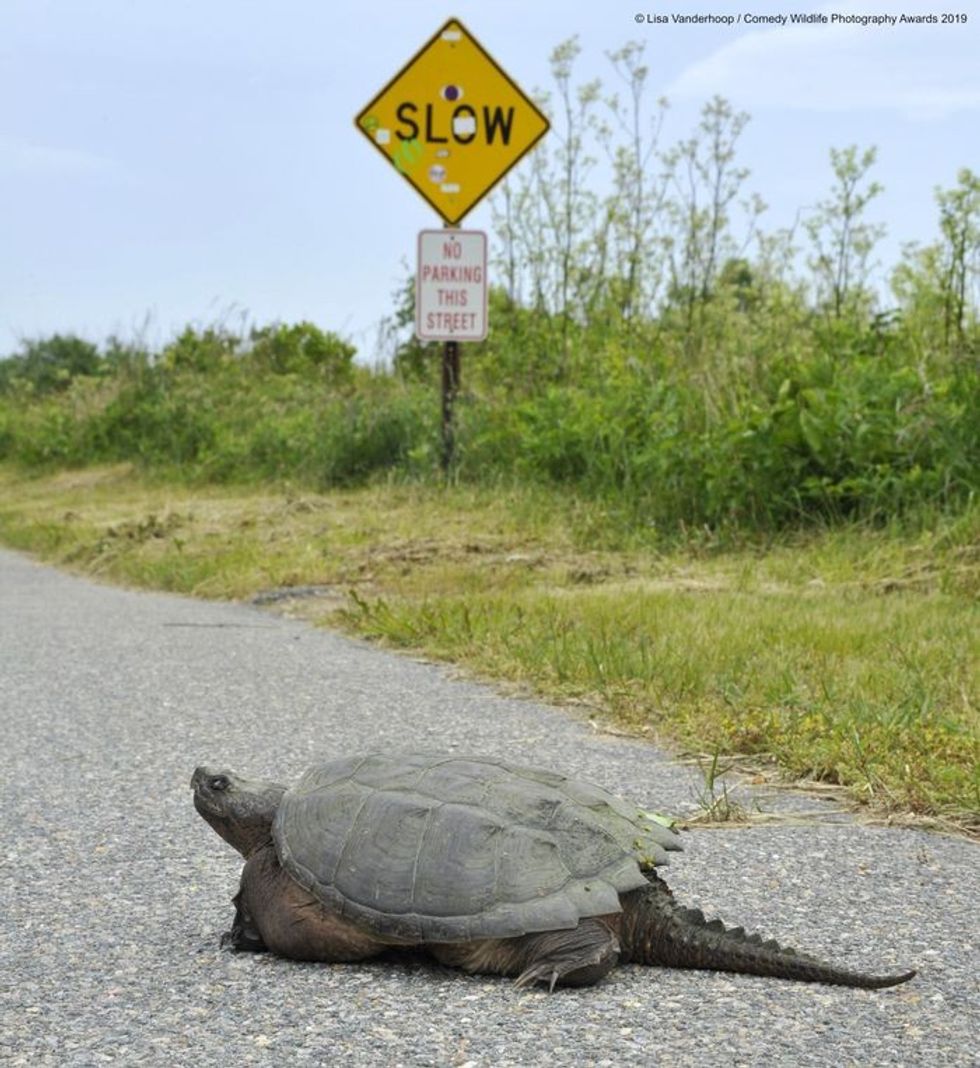 A turtle crossing the road under a 'slow' sign
A turtle crossing the road under a 'slow' sign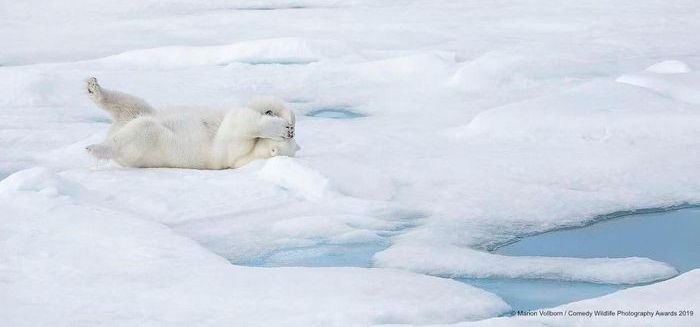 A polar bear lies on its back like it's trying to hide
A polar bear lies on its back like it's trying to hide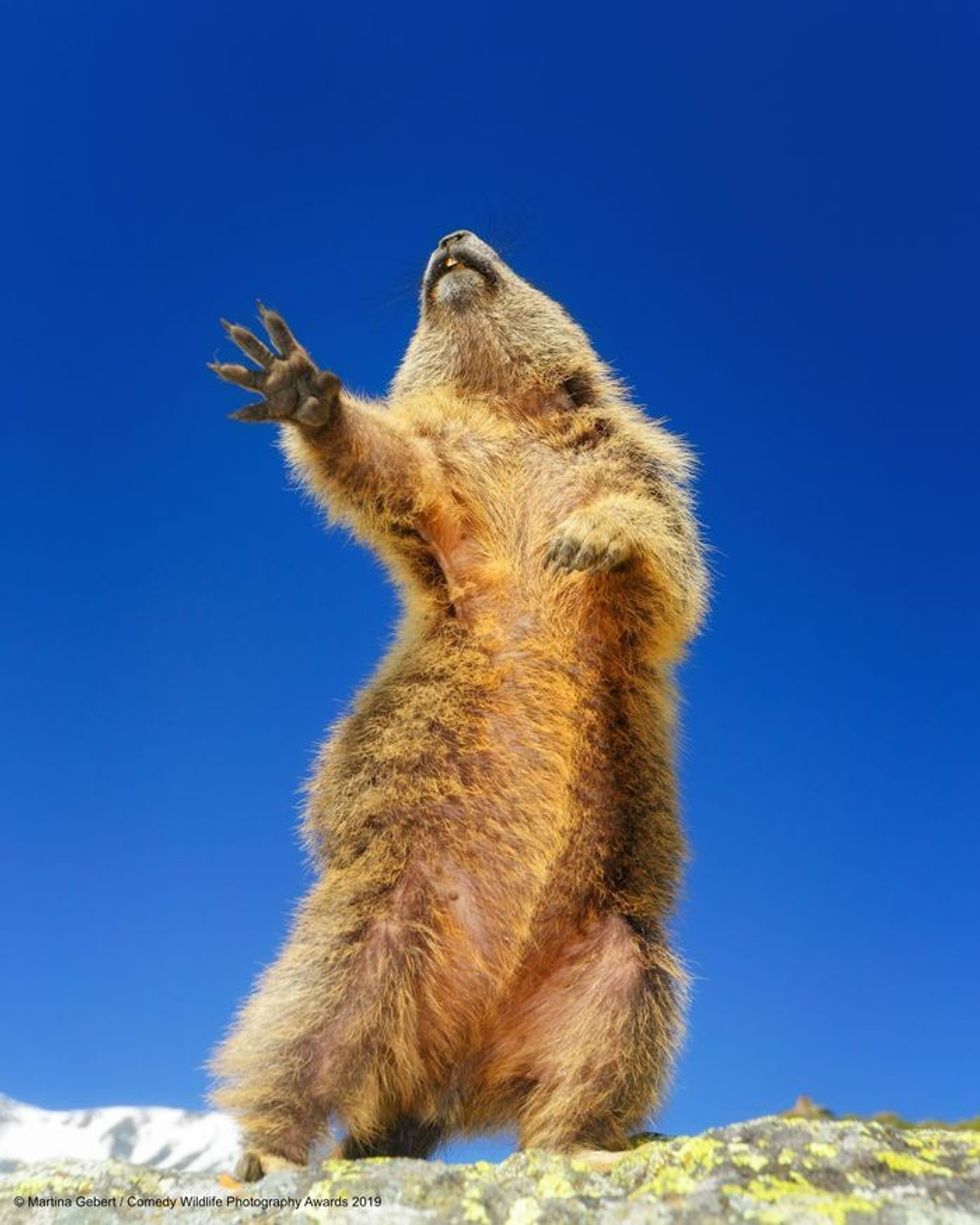 A rodent strikes human-like pose
A rodent strikes human-like pose
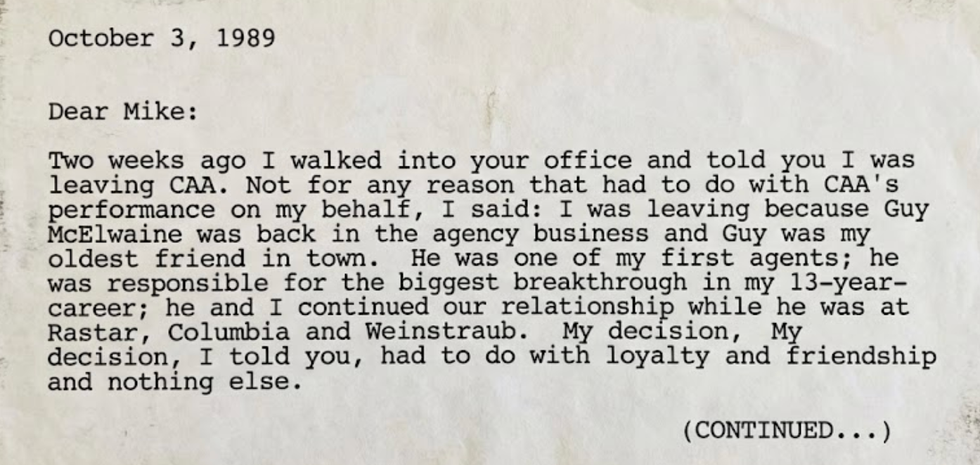 An excerpt of the faxCanva
An excerpt of the faxCanva

 Robert Redford advocating against the demolition of Santa Monica Pier while filming "The Sting" 1973
Robert Redford advocating against the demolition of Santa Monica Pier while filming "The Sting" 1973


 Image artifacts (diffraction spikes and vertical streaks) appearing in a CCD image of a major solar flare due to the excess incident radiation
Image artifacts (diffraction spikes and vertical streaks) appearing in a CCD image of a major solar flare due to the excess incident radiation